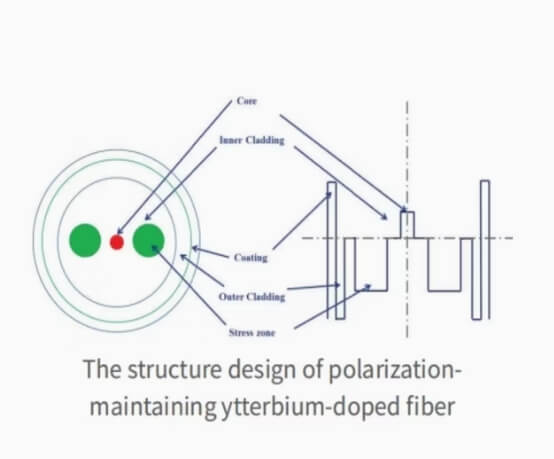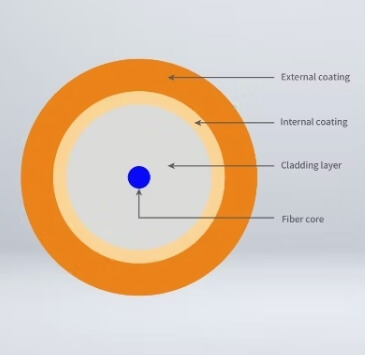Shanghai Gengyun Industrial Co., Ltd
What is the Difference Between Active Optical Fiber and Passive Optical Fiber?
Optical fiber is an effective tool for transmitting information and has a wide range of applications in the field of modern communications. In the field of optical fiber, active optical fiber and passive optical fiber are two important concepts. Understanding difference between active optical fiber and passive optical fiber is very important for the correct selection and application of optical fiber.
What is Active Optical Fiber?

Active optical fiber is an optical signal amplifier that works by generating output in a way that can amplify the input signal. The active optical fiber usually uses cerium-doped or ytterbium-doped optical fiber. Under the action of the light field and light muscle interaction, the laser energy is converted into a larger telecommunication end energy. The advantage of active optical fiber is that it amplifies direct light and has high signal amplification. The length of the optical fiber is not limited, which is suitable for long-distance transmission and distributed amplification. In contrast, passive optical fiber does not have the amplification function and needs to use other optical fibers, optical devices or components to enhance the optical signal.

The Difference Between Active and Passive Optical Fiber
1.Transmission mode
There is noise and loss in the signal energy, and there is an important difference between active and passive optical fibers. In active optical fiber, the signal energy transmitted online relies on the energy provided by the laser for amplification. This process introduces spontaneous radiation noise, which affects the quality of the signal. In passive optical fibers, signals are transmitted in a straight line through the optical fiber. No spontaneous radiation noise is generated. Which makes them suitable for high-quality and high-frequency data transmission.
2.Cost
Active optical fibers generally require higher driving voltages and power consumption, while passive optical fibers do not require power or drive and rely entirely on the physical properties of light itself to transmit information. Passive optical fibers are superior to active optical fibers in terms of cost, power consumption, and stability.
Active Optical Fiber VS Passive Optical Fiber, How to Choose?
In actual applications, active optical fibers and passive optical fibers each have their own advantages and disadvantages. The choice of which optical fiber should also be determined based on specific needs. Generally speaking, passive optical fibers are more suitable for applications that do not require high transmission distances and network complexity, such as home networks or small business office networks. If long-distance transmission, high-speed transmission, or the need to distribute signals in different areas is required, active optical fibers are a better choice.
